’電力ロス・ゼロ’:超電導送電で電車走行
‘Zero power loss’: Train with superconducting power transmission
「零功率損耗」:列車採用超導輸電運行
・特殊素材のケーブルで超電導送電を実現
・高温・超電導線材として、液体窒素を使用
テレビ朝日(ANN)掲載記事からSummaryをお届けします。
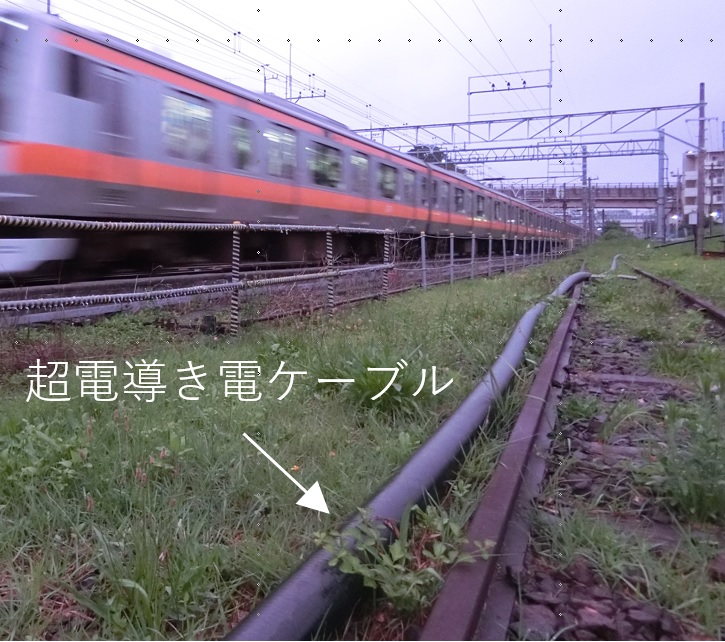
日本の鉄道総研:(RTRI)
3月13日から、超電導送電システムの検証を、伊豆箱根鉄道で開始。
超電導送電で、特殊素材のケーブルを使い、電力ロスをゼロにする。
電力ロス・ゼロの超電導送電:
特殊素材ケーブルを冷やすと、電圧低下や送電ロスが低減する。
今回、先ず100mケーブルで行う。次に数kmケーブルで検証する

超電導送電のメリット:
1.’膨大な運営コストが必要な変電所’の数が減る。
2.変電所の維持コストが、1/2に大幅削減される。
現在10社ほどの鉄道事業者から、問い合わせが殺到。
今後、検証で問題なければ、早期に商用化する。
https://news.yahoo.co.jp/articles/7e7a2ca4e2d545170d71dbb314f9b8ad7cda26c7
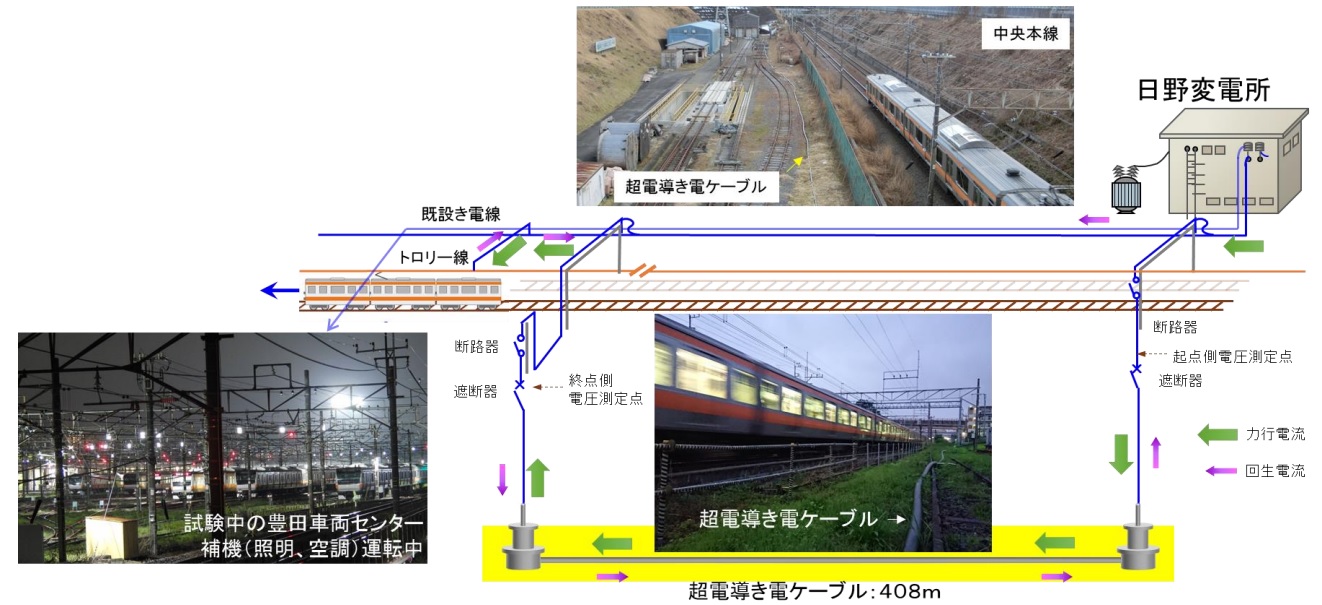
鉄道総研:超電導送電システム技術を確立
鉄鋼新聞掲載記事からSummaryをお届けします。
鉄道総合技術研究所:超電導・低温研究室長
今後5年以内に、超電導ケーブルでの送電システム技術を確立する。
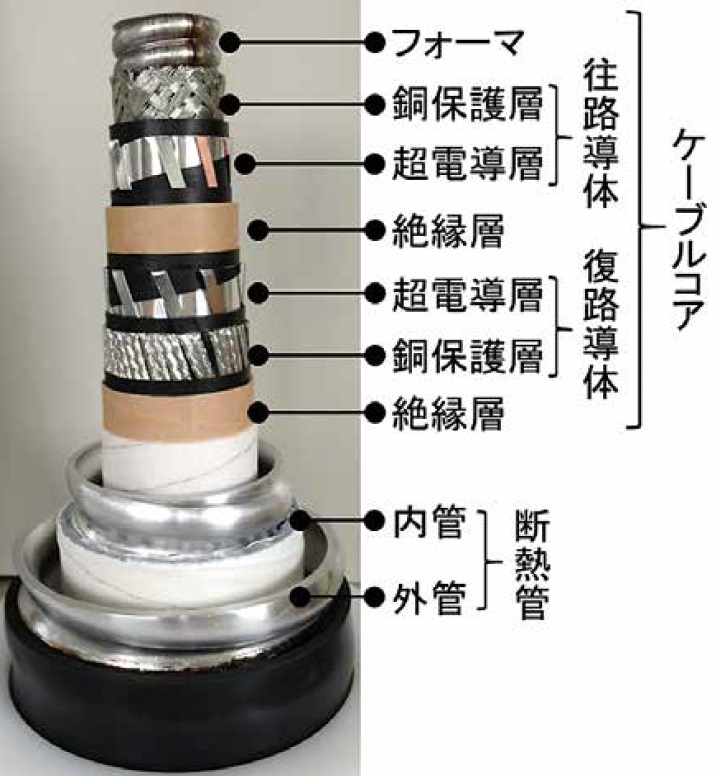
高温超電導線材の調達:
高温超電導線材を、日本の大手電線メーカーから調達した。
この超電導ケーブルを電気導体として使う。
日本の高温超電導技術:
1.電線大手は、高温超電導線材を注力分野の一つに位置付ける。
2.現在、基礎技術開発を完了し、増産投資を計画中。
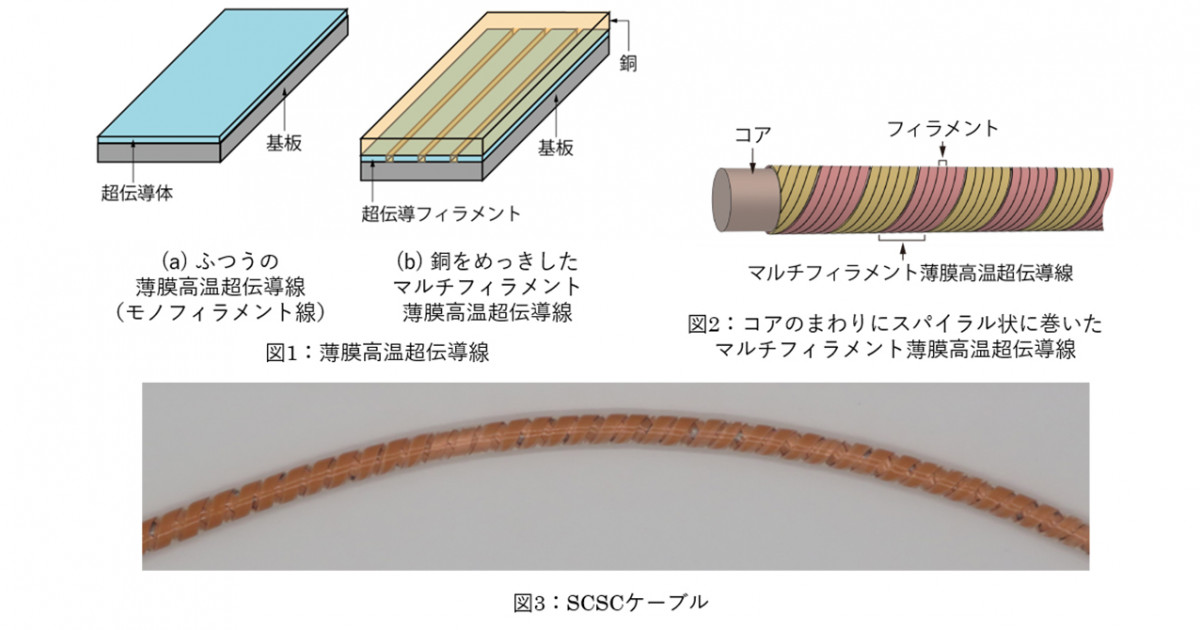
高温・超電導線材とは:
超電導体の材料で、電気抵抗を無くす。
1.比較的高い温度の液体窒素を、高温超電導線材に採用。
2.送電ケーブルで使えば、電圧低下や送電ロスが低減する。
鉄道総研の機電システム:
1.機電システムを使い、変電所から車両に電力を送る。
2.電気導体として、超電導線材をケーブル使用する。
超電導送電システムの検証:
今回、超電導ケーブル102mを用いる。
これで給電した電力を使い、実際に電車を運行する。
https://news.yahoo.co.jp/articles/18b3783700a9816e9c798fa7171c06a24d76fe7f

超電導送電:北海道のデータセンターに導入
さくらインターネット:
データセンター(DC)が集まる北海道石狩市
データセンターで、’超電導送電’を実証する。
超電導送電の実用化:
再生可能エネルギーのポテンシャルを生かす。
最先端テクノロジーで、電力ロスゼロに挑む。
https://www.nikkei.com/article/DGXZQOFC06DAD0W3A201C2000000/

Japan’s next-gen electricity cable :promises zero transmission loss
Nikkei Asia TOKYO
Superconducting power transmission:
technology has entered the practical stage in Japan,offering a potentially less costly way to operate trainsand a possible countermeasure to global warming.
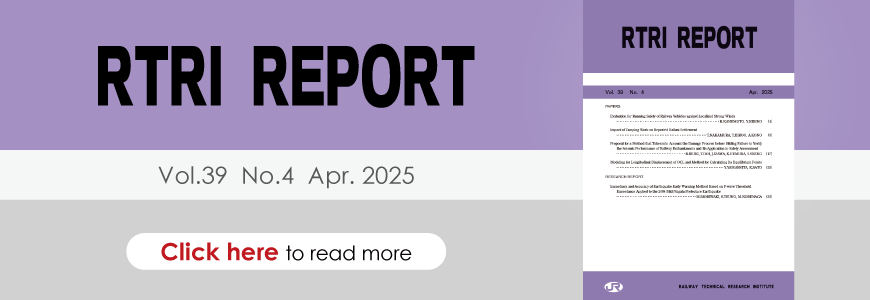
A Japan Railway Technical research institute(RTRI)
It has laid a 1.5-km superconducting transmission line
— the world’s longest practical-use cable —
at a facility in Miyazaki Prefecture, where it is holding demonstration tests.
Transmission loss mainly caused when electricity turns into heat due to the electrical resistance of electric wires.

The technology’s cost :
When a transmission line is cooled to minus 269 C with liquid helium and put into a superconducting state,
the electrical resistance becomes zero, and power loss can be all but eliminated.
Thanks to the development of materials that can be superconducting at minus 196 C,liquid nitrogen can be used as a coolant, which is 10% cheaper than the standard liquid helium.
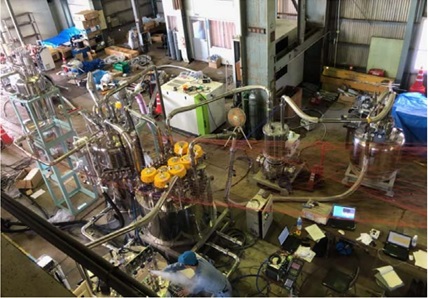
The test cable:the RTRI says.
The test cable can carry the railway-required 1,500 volts and several hundred amperes.
if we can make the distance of one power line more than 1 km, we can reduce the cost by utilizing existing power transmission facilities,
To reduce the number of substations :
Substations are located every 3 km, the annual maintenance cost is estimated to be 20 million yen ($173,000) per substation.
The RTRI is already working on the development of a power transmission line longer than 1.5 km.
According to the Institute of Energy Economics, Japan
the country loses 4% of its electricity as it is being delivered.
The country’s railways use about 17 billion kilowatt-hours a year,
4% of that is about 700 million kilowatt-hours, equivalent to what 160,000 ordinary households require.

Transmission loss:
Transmission loss is a serious issue in many countries.
Lines in India:
Lines in India leak about 17% of the electricity they carry.
Lines in China:
China’s state-owned transmission company
in November installed a 1.2-km superconducting line in Shanghai.
Lines in Germany:
In Germany, the Ministry of Economy and Energy
leads a project that in 2020 began laying a 12-km superconducting transmission line under Munich.
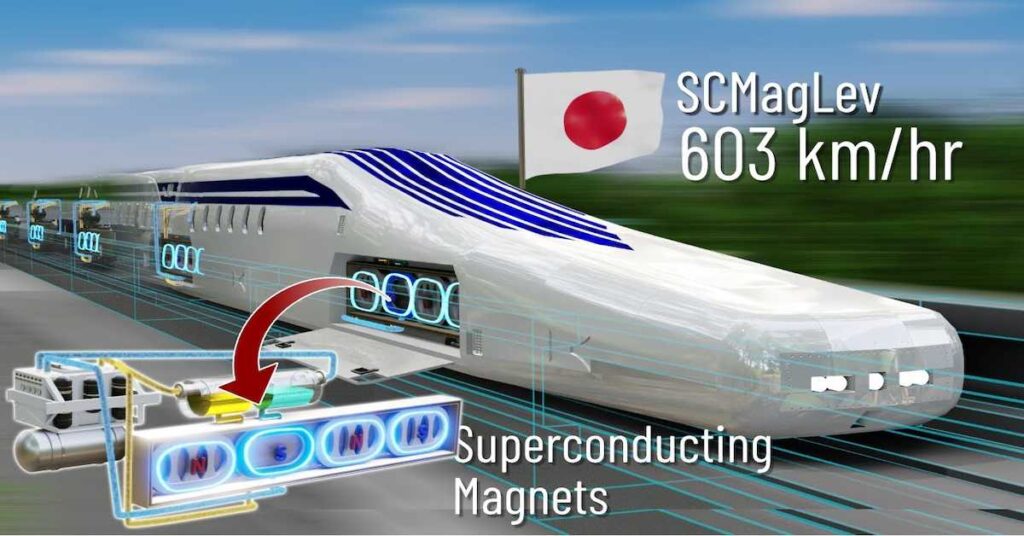
Materials for power lines in Japan:
Japan has strengths in materials for power lines,
as companies like SWCC Showa Holdings manufacture power lines used for superconducting power transmission.
The Linear Chuo Shinkansen,
a high-speed maglev train line between Tokyo and Nagoya,
that Central Japan Railway is working on also uses superconductivity, and the know-how cultivated there has become the technological foundation for the power transmission field.